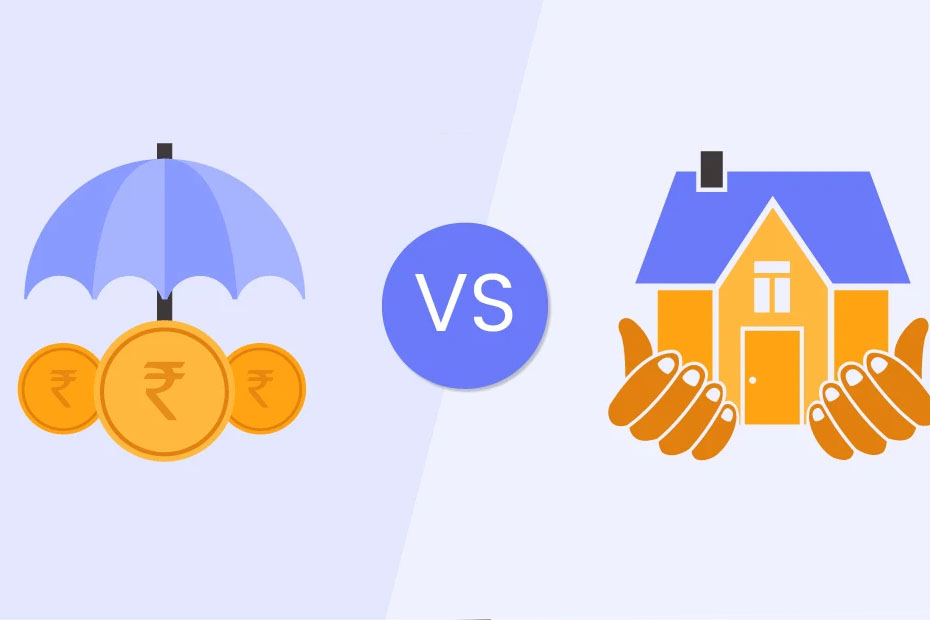Index funds, which passively track the overall stock market, are popular in part because their fees are typically lower than actively managed funds. However, trading costs are an often overlooked component of total costs.
Let’s delve into a crucial aspect often overlooked by investors—the size of index funds and their families.
What are index funds?
Index funds part of mutual fund investment are passively managed funds that track a market index like the S&P 500. They provide broad market exposure and historically higher returns than actively managed funds.
The benefits of index funds are:
- Index funds have lower management fees as they are passively managed.
- Index funds typically have lower turnover, generating fewer capital gains taxes.
- Index funds expose a wide range of companies and sectors, reducing risk.
Index funds: Understanding fund size and family size
Fund size: When investing in an index fund, you essentially buy a share in a collective investment vehicle. This fund size matters because it influences the efficiency of trading. Larger funds can advantage from economies of scale, reducing transaction costs per investor. When you choose index funds with substantial assets under management (AUM), you will likely enjoy lower trading costs.
Family size: Beyond individual funds, the size of the fund family also plays a pivotal role in your investment experience. A fund family is a group of funds managed by the same company. The larger the family, the more resources and expertise the management company can bring to the table. This often translates to better fund management and lower costs for investors.
How trading costs impact index fund returns?
To maximise returns, index fund investors should consider how trading costs impact performance. As funds buy and sell securities to track an index, trading costs are incurred, reducing net returns.
Rebalancing frequency
Less frequent rebalancing also lowers trading costs. Index funds aim to match index allocations, but fund holdings drift from targets as markets change. Rebalancing trades brings allocations back in line but incur costs. Less frequent rebalancing, such as quarterly or semi-annually instead of monthly, reduces costs while still achieving objectives.
Transaction methods
Efficient transaction methods minimise costs. Techniques like optimised portfolio construction, transitioning passive holdings to active where allowed, and using derivatives and baskets to rebalance multiple securities simultaneously all lower costs.
For long-term investors in index funds, small differences in trading costs can significantly impact returns through compounding. Choosing larger, lower-cost funds with efficient management styles is key to maximising performance. While costs are not within an investor’s control, fund selection is. Focusing on factors that indirectly influence trading costs is an important part of any indexing strategy.
Bottom line
Investors should pay close attention to index funds trading costs when selecting funds. Remember, the beauty of index funds lies in their simplicity and transparency. By being mindful of the nuances surrounding fund and family size, you empower yourself to make informed decisions that align with your goals.




